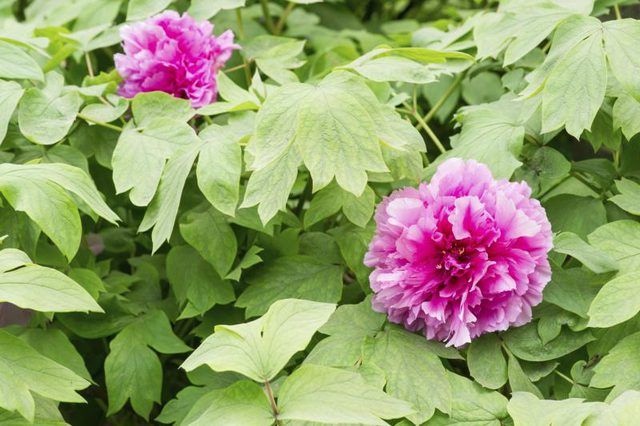Bulbs
Flower Basics
Flower Beds & Specialty Gardens
Flower Garden
Garden Furniture
Garden Gnomes
Garden Seeds
Garden Sheds
Garden Statues
Garden Tools & Supplies
Gardening Basics
Green & Organic
Groundcovers & Vines
Growing Annuals
Growing Basil
Growing Beans
Growing Berries
Growing Blueberries
Growing Cactus
Growing Corn
Growing Cotton
Growing Edibles
Growing Flowers
Growing Garlic
Growing Grapes
Growing Grass
Growing Herbs
Growing Jasmine
Growing Mint
Growing Mushrooms
Orchids
Growing Peanuts
Growing Perennials
Growing Plants
Growing Rosemary
Growing Roses
Growing Strawberries
Growing Sunflowers
Growing Thyme
Growing Tomatoes
Growing Tulips
Growing Vegetables
Herb Basics
Herb Garden
Indoor Growing
Landscaping Basics
Landscaping Patios
Landscaping Plants
Landscaping Shrubs
Landscaping Trees
Landscaping Walks & Pathways
Lawn Basics
Lawn Maintenance
Lawn Mowers
Lawn Ornaments
Lawn Planting
Lawn Tools
Outdoor Growing
Overall Landscape Planning
Pests, Weeds & Problems
Plant Basics
Rock Garden
Rose Garden
Shrubs
Soil
Specialty Gardens
Trees
Vegetable Garden
Yard Maintenance
How to Grow Tree Peonies
How to Grow Tree Peonies. China's national flower, tree peonies (Paeonia suffruticosa) grow best in **deep, fertile soil**. Unlike herbaceous peonies, tree peonies are woody, and their stems don't die down to the ground in winter. Flowering late spring through early summer, tree peonies also have larger flowers than their cousins, and their...

China's national flower, tree peonies (Paeonia suffruticosa) grow best in deep, fertile soil. Unlike herbaceous peonies, tree peonies are woody, and their stems don't die down to the ground in winter. Flowering late spring through early summer, tree peonies also have larger flowers than their cousins, and their blooming season begins about two weeks earlier. Tree peonies are hardy in U.S. Department of Agriculture plant hardiness zones 4 through 8.
Selecting a Growing Site
Tree peonies are long-lived shrubs that don't tolerate transplanting well, so it's important to get their growing conditions right first time. The best site is somewhere sheltered from strong winds in full sun or partial shade. Tree peonies grow best where their roots have little contact with the roots of other shrubs or trees, and the soil is well-drained. They also prefer slightly alkaline soil.
Tree peonies grow about 5 feet tall and wide. Space shrubs 5 feet apart, or according to the final growing width on the shrub labels. Overwatering encourages diseases in tree peonies. Water at the base of the shrubs and avoid wetting their leaves. Apply water regularly so that the soil surface remains just moist to the touch, but don't water so often that the ground becomes soggy.
Fertilizing Tree Peonies
Complete, bonemeal and iron fertilizers benefit tree peonies. Complete fertilizers contain a balance of the three major plant nutrients, nitrogen, phosphorus and potassium, and support general growth. Bonemeal encourages root development and flower set, and iron improves the depth of flower colors and general vigor of the shrubs.
Apply a complete fertilizer, such as a 9-18-9 granular product, every three months when the shrubs are actively growing. Sprinkle a 9-18-9 fertilizer over the root area of the tree peonies at a rate of 1 tablespoon per square foot.
Bonemeal should be applied once a year, in spring, at a rate of 1 tablespoon per 2 square feet. To supply iron sulfate, dissolve 1/2 to 1 teaspoon of a 6 percent sulfur, 15 percent iron product in 1 gallon of water in spring or early summer. Water the solution into the soil that lies beneath the edge of the shrubs' branches. Manufacturers' instructions vary among products, so always follow the advice on the label.
Pruning for Shape
Tree peonies need little pruning, but pruning can improve the shape of leggy shrubs. Wipe pruning shear blades with a cloth dipped in rubbing alcohol before and after pruning tree peonies, to avoid spreading pests and diseases. Prune tree peonies in early fall as the leaves begin to drop. Prune each stem to the desired length, just above an outward-facing leaf.
Tree peonies can also be pruned in spring to remove dead wood and suckers, which are shoots that grow from the ground. Before new growth appears, prune dead wood where it joins the rest of the shrub, and remove suckers at ground level. You can also prune fading blooms to keep the shrubs looking tidy.
Protecting From Frost
In areas that experience late, heavy frosts, tree peonies may need protection over winter. Though the shrubs are hardy to USDA zone 4, late frosts sometimes damage tree peony flower buds. To protect developing buds, build a chicken wire cage around each shrub, and fill it with straw, hay or leaves. Wrap landscape fabric or burlap around the outside, and tie it in place with twine. Remove the fabric when temperatures are consistently above 40 degrees Fahrenheit in spring. One week later, remove the cage and filling.